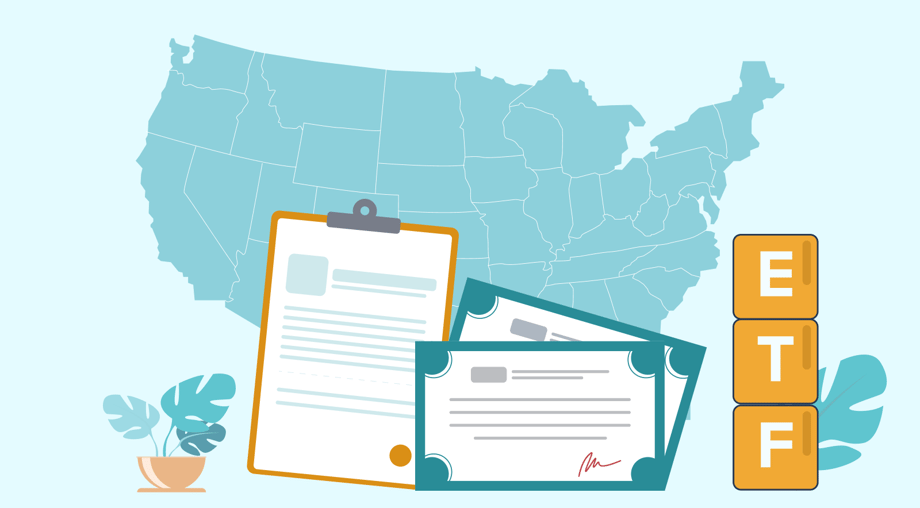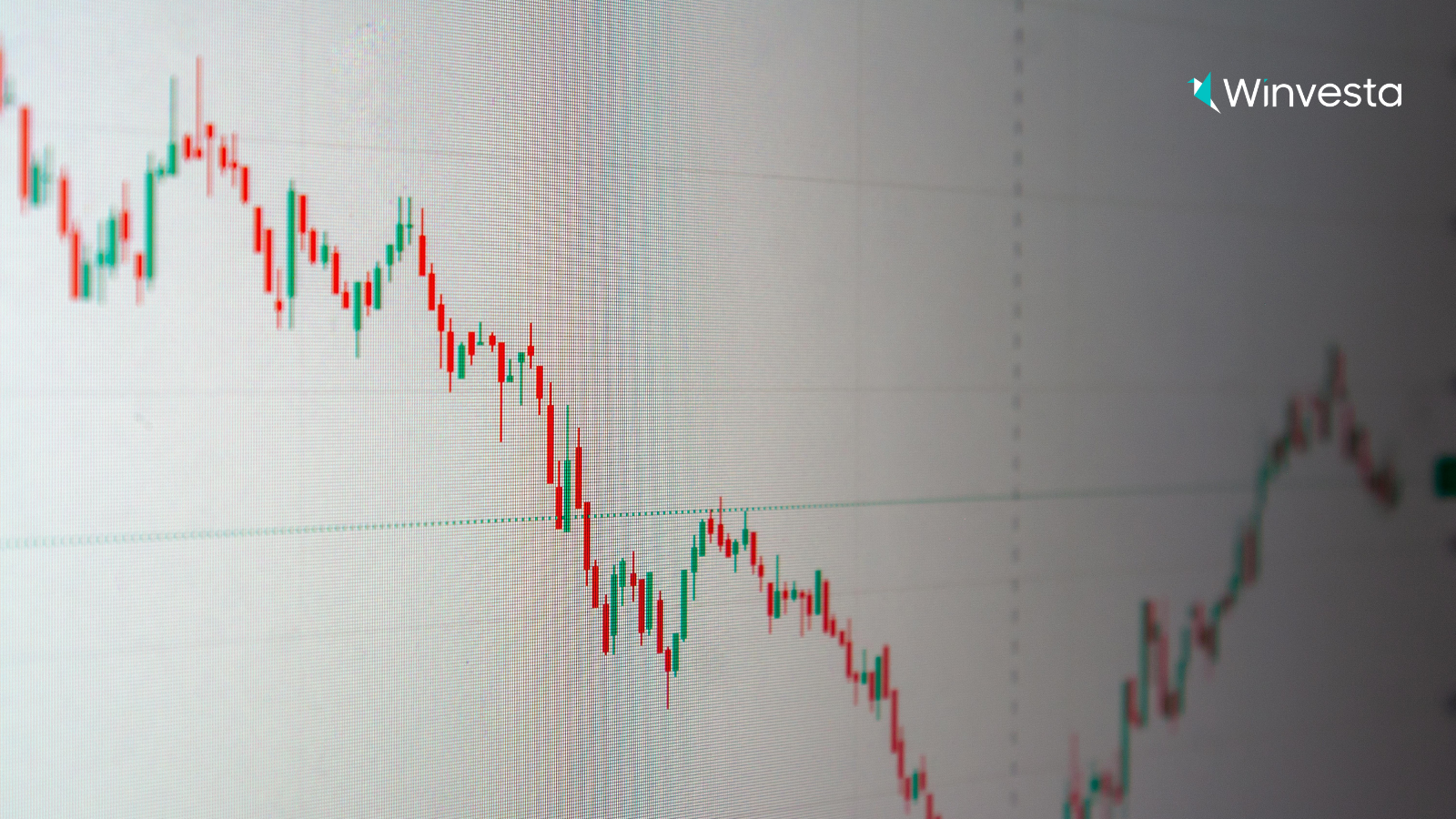Contents
Investing In US Treasury Bonds from India Via ETFs
4 minutes read
13 May 2024

How do you define Fixed Income?
Fixed income refers to those types of investment securities that pay a fixed sum of interest or dividend payments until their maturity date. Government and corporate bonds are classic examples of fixed-income products. US Treasury bonds are one of the safest fixed-income instruments in the world.
A bond is a loan made by an investor to a borrower. For example, if you invest in government bonds, you lend them your funds. The government pays you back on the date of maturity. Of course, investing in bonds also comes with an interest which the borrower pays periodically.
If you want to diversify your portfolio from a pure equity exposure, you may consider bonds as an asset class. Just as investing in equity markets comes with gains and risks, investing in bonds also has its own good and bad. Here are some of them:
The Positives:
- Receive a regular income through interest payments.
- Hold the bond to maturity to get the principal back.
- Capital gains if you sell the bond at a higher price.
- Government and investment-grade bonds are considered low-risk assets
- Low correlation to equities provides portfolio diversification
The Negatives:
- Bonds usually pay lower returns than equities.
- The borrower can default on the bonds. The risk is especially higher for high-yield bonds.
- The market price of the bond is subject to volatility and can fall.
Definitions
Before we understand more about investing in bonds, let’s get to know more about the terminologies associated with it:
- Face Value: The amount the bond will be worth at its maturity. It is also the reference amount which the issuer uses while calculating interest payments. For example, if one has purchased a bond at $1K, that becomes the face value of the bond.
- Coupon Rate: The rate of interest the bond issuer will pay on the face value of the bond. A coupon rate of 5% will mean the bond-holder will receive 5% every year on the $1K invested.
- Coupon Dates: Dates on which the bond issuer will pay interest. The coupon date can be monthly, quarterly, or annual.
- Maturity Date: The date on which the bond will mature and the bond issuer will return the face value of the bond.
- Expense Ratio: An expense ratio is an annual fee a fund charges to cover its expenses. For example, if an ETF has an expense ratio of 1%, it means the fund uses 1% of the assets to cover the expenses.
Bond Ratings
Bonds are classified through their credit ratings. The highest quality bonds are classified as ‘investment grade.’ Bonds issued by the US government and stable blue-chip companies fall under this category. Bonds that have a poor credit rating have a higher risk of default. Such bonds are either known as ‘high yield’ or ‘junk’ bonds as they attract a higher rate of interest with a greater risk. ‘AAA’ is the highest-rated bond while a ‘D’ rating usually means Default.
Bonds with a very long maturity date also have a higher rate of interest. This is because they expose bondholders to default risk for an extended period. Agencies like Standard & Poor, Moody’s, and Fitch Ratings provide credit ratings to bonds.
US government bonds are like any other sovereign bond issued by the federal government for a specific duration. These bonds are the highest rated in the world, which means they carry the lowest risk of default. The bonds that the US Treasury issues are known as T-Bills or Treasury Bills.
Types of US Treasury Bonds
There are different kinds of US Treasury Bonds:
- Treasury Bills: These are short-term government bonds. Maturities range from a few days to 52 weeks. These are sold at a discount from their face value.
- Treasury Notes: Government securities that are issued with maturities of two, three, five, seven, and 10 years. These pay interest every six months.
- Treasury Bonds: These have a tenor of 20 or 30 years and also pay interest every six months.
- Treasury Inflation-Protected Securities: Also known as TIPS, these are securities that are issued with maturities of five, 10, and 30 years. These pay interest every six months. The only difference from the usual bonds is that the issuer adjusts the principal of such securities based on the Consumer Price Index (CPI).
- Floating Rate Notes: FRNs are issued for a term of two years and pay interest every quarter. The interest rates rise and fall based on discount rates for 13-week Treasury bills.
- Series I Savings Bonds: These are low-risk savings products that not only earn interest but also protect you from inflation fluctuations.
- Series EE Savings Bonds: These are savings products that pay interest based on current market rates, until 30 years or you cash them, whichever earlier.
How to Invest in US Treasury Bonds from India?
The easiest way to invest in US treasuries and corporate bonds from India is through low-cost ETFs. Such investments are possible under the Liberalised Remittance Scheme of the RBI. Winvesta has a wide selection of fixed income ETFs on its platform to choose from. The interest earned on these bond ETFs is paid out as dividends and taxed similarly. Remember capital is at risk.
Here are some ETFs of different tenors that you can consider for investing in US Treasuries:

iShares 1-3 Year Treasury Bond ETF (SHY)
This ETF tracks treasury bonds with short-term maturities ranging between one to three years. This fund carries an expense ratio of 0.15%. It has total assets worth $19.52B and a dividend yield of 0.46%. You can find it on the Winvesta App using the symbol “SHY.”
Vanguard Intermediate-Term Treasury ETF (VGIT)
This fund offers exposure to bonds that have a tenor of three to 10 years. This fund has one of the lowest expense ratios at 0.05%. It currently has assets worth $7.62B under management.
SPDR Portfolio Long-Term Treasury ETF (SPTL)
This tracks an index that offers exposure to US treasuries with a maturity of 10 years or more. It carries minimal credit risk but a significant amount of interest-rate risk. The fund has an expense ratio of 0.06% and an AUM of $3.57B.
Goldman Sachs Access Treasury 0-1 Year ETF (GBIL)
As the name suggests, this fund tracks an index of US treasury securities maturing within the next 12 months. This focuses on the most liquid securities. The expense ratio of this fund is slightly on the higher side as compared to its peers at 0.12% and the AUM is $1.77B.
Vanguard Extended Duration Treasury ETF (EDV)
This fund offers exposure to long-dated treasuries. This fund tracks an index that contains treasuries with maturities between 20-30 years. Extended duration funds can be attractive as yields are significantly higher than short-term treasuries. Of course, they carry the risk of interest rate fluctuations. This fund has an expense ratio of 0.07% and an AUM of $1.12B.
These are only some of the ETFs that you can find on Winvesta. You can find more under the Fixed income category in the ETF section of the app. These are neither endorsements nor recommendations. Investors must do their own due diligence before making an investment decision.
Ready to Start Investing in US Markets?
Get direct access to 4000+ US stocks and ETFs with Winvesta and start diversifying your portfolio globally today.
*Capital is at risk
Invest TodayAll content provided by Winvesta India Technologies Ltd. is for informational and educational purposes only and is not meant to represent trade or investment recommendations. Remember capital is at risk. Terms & Conditions apply.



